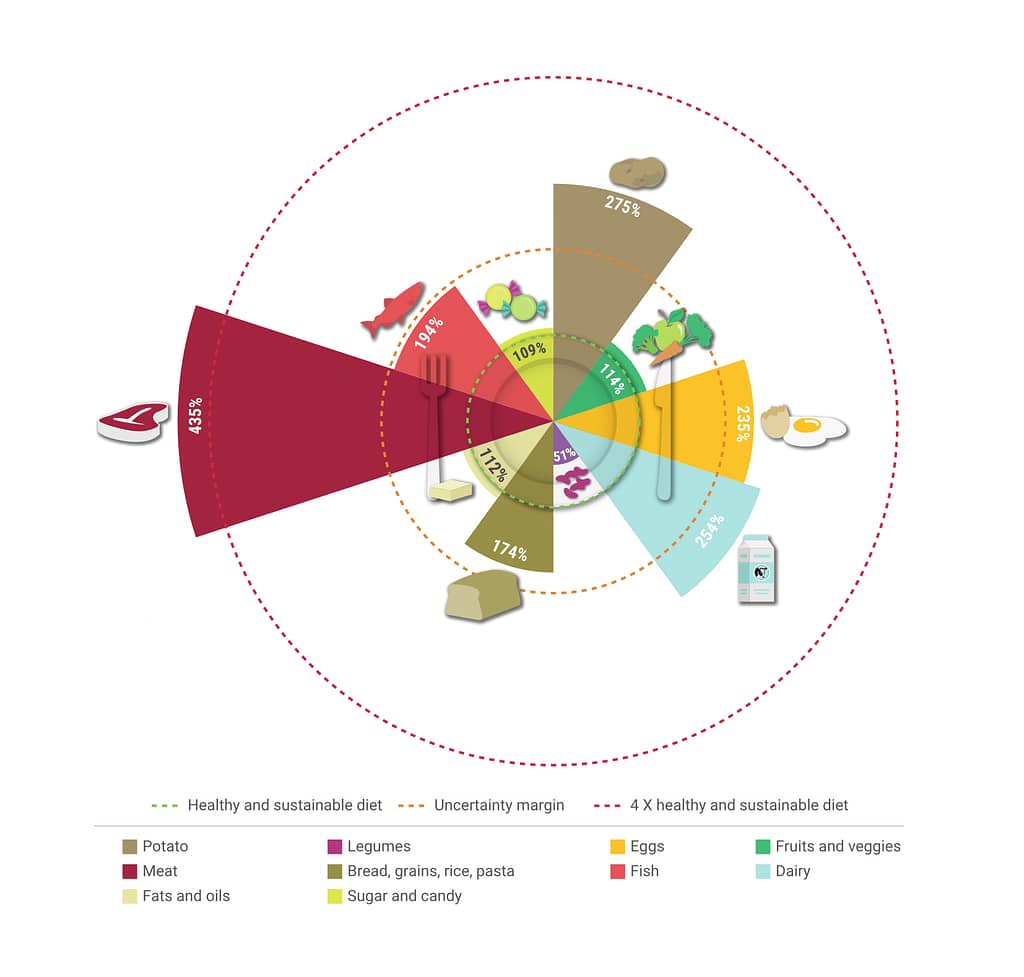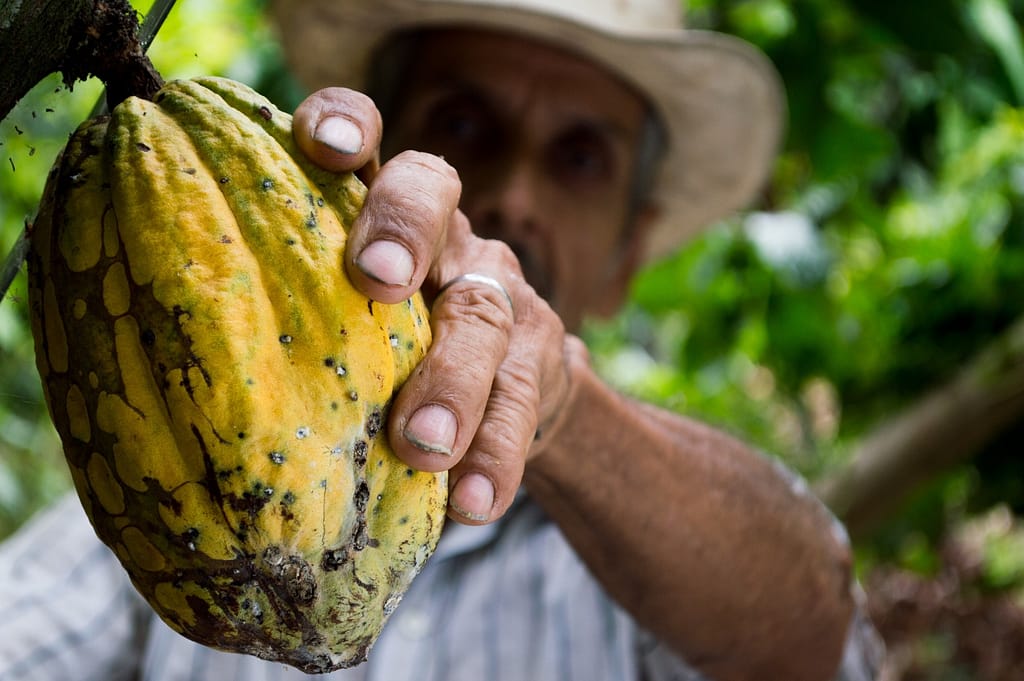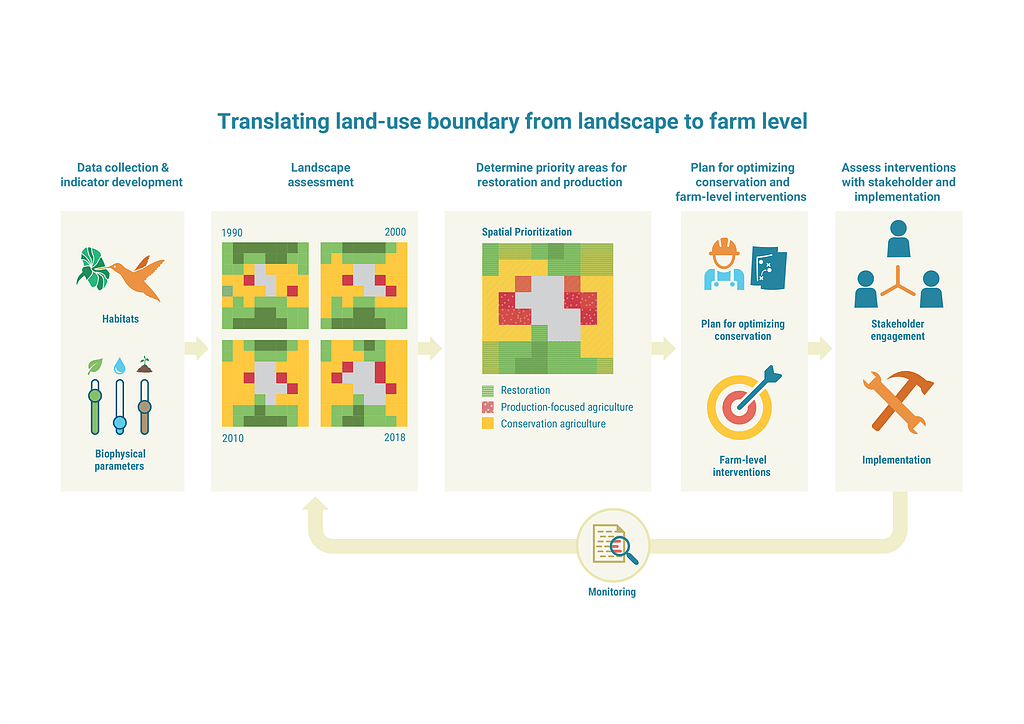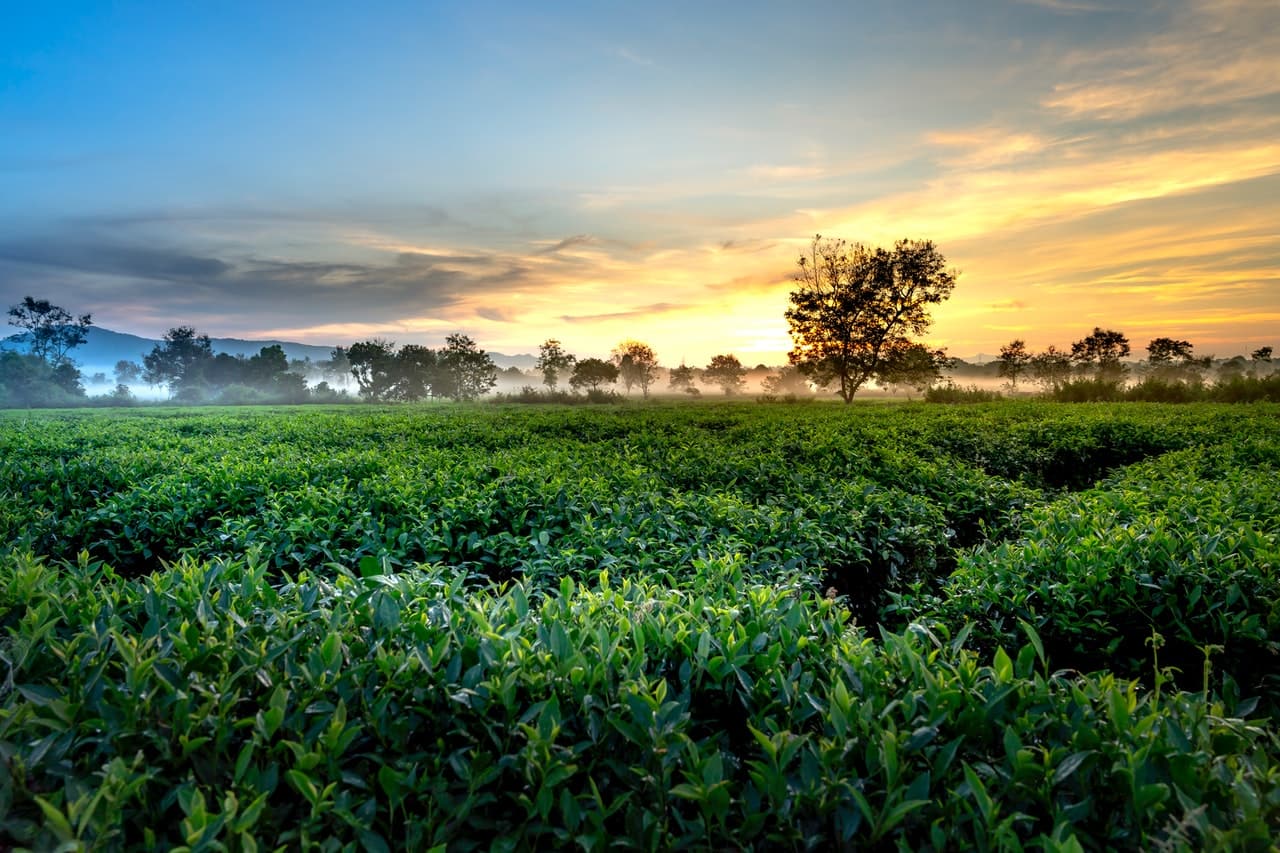This World Food Day, our Agrifood and Biodiversity Team Lead Brian Shaw provides an overview of key developments in the past year, and looks ahead to sustainable food and beverage trends in 2020.
As we mark another World Food Day, I thought it would be an opportune time to reflect on major developments across the year, and consider where we are headed next. One of the big stories of course was the release of the IPCC report on Climate and Land, which highlighted how important a role land and land use plays in the climate system. Agricultural activity is both a critical driver of land-related GHGs, and is critically exposed to climate impacts. The degradation of soils and ecosystems, increasing water scarcity, as well as more extreme weather events, are together driving food insecurity and making it more difficult for players in the food and beverage sectors to prosper.

Plant-based diet grows on consumers
The EAT Lancet study, which launched at the start of this year, outlined the benefits of a diet that can feed 10 billion, is better for the environment, and for the health of consumers (although this latter point is being hotly debated). Not surprisingly, eating less meat was highlighted as a priority, as did a bigger focus on pulses and nuts. Indeed, “plant-based” seems to be everywhere in 2019, but as we saw in our work with the plant-based sector leader Alpro, it’s important to understand not just how to do better with regards to impacts, but how to do enough to stay in the safe operating space of the planet. Expect this to be one of the key food and sustainability trends in 2020, as the Science-Based Targets Network builds up steam.

Amazon prime time
It has been a year where under-reported issues are starting to get the attention they deserve. For instance, the burning of the Amazon this season has not been exceptional, however, the media focus has shone the spotlight on a critical and ongoing issue – and one that does not appear to be improving. Companies in the food and beverage space will increasingly be asked to show that they are not themselves profiting from the destruction of this forest, critical to the planet both as the Earth’s lungs and for its rich biodiversity. For instance, UK fast food outlets have been singled out for using meat linked to deforestation in the Amazon.

Regenerative agriculture
How do we increase food production without using more land? Food and beverage companies are paying more and more attention to improving their on-farm performance. Regenerative agriculture is increasingly being picked up as something that can offer a range of solutions, including carbon sequestration, increasing above and below ground biodiversity, and improving water retention. We’ve also seen innovative investment ideas for start-ups pick up the pace. Furthermore, regenerative practices have been shown to pay off in the longer term as inputs are drastically reduced. The United Nations Convention to Combat Desertification estimates regenerative agriculture could deliver up to $1.4 trillion in increased crop production, without using any more land. Expect more big announcements in this space in 2020.
Beyond climate change
The food and beverage sector is increasingly under pressure to report on the environmental and social impacts of their business. While climate is the hottest topic right now, one of the sustainable food and beverage trends in 2020 should be increasing attention on issues such as biodiversity loss, eutrophication, soil degradation, and water management. Critically, food and beverage industry players are beginning to see that these are all connected. Ecosystem restoration is a huge topic with the UN Decade of Restoration coming up. It’s increasingly clear that the protection and restoration of ecosystems offer huge benefits for carbon sequestration and habitat provision.

Nitrogen emissions rise to the fore
Regulatory pressures relating to nutrient use will become more disruptive to the food and beverage sectors, as countries, especially in Europe, seek to manage their nitrogen commitments. We have seen in the Netherlands that despite a collective best effort to use circular agriculture techniques to capture excessive nutrients, there is still oversupply and this is beginning to affect other sectors such as construction, transport and even entertainment, as permits are revoked across the board to halt further nitrate pollution.

Soy and Cacao pressures
On the commodities front, we see increasing attention being brought to the impacts of agriculture in the tropics. While palm oil has been on the radar for quite some time, and good steps are being taken to address critical issues of deforestation through the RSPO, we see increasing pressures relating to soy and cacao, as issues with deforestation and degradation persist. Companies can address this by increasing transparency in supply chains, and make the most of initiatives such as the Accountability Framework to understand how to make sure their products aren’t contributing to deforestation.

Food and beverage solutions are ready
The most frustrating aspect of these issues plaguing the food and beverage sectors are that they are entirely avoidable.We are developing a strong understanding of how the global food system impacts on the planet. For instance, soy, palm oil, and cacao are themselves not problematic commodities, but the manner in which they are currently produced is. At Metabolic, we are developing tools to help actors in the food and beverage sector identify deforestation risk in their supply chain. Greater transparency in supply chains will be enabled with technologies such as blockchain. Almost real-time environmental degradation monitoring can tell us where and how deforestation is happening, and companies can react more quickly. It is critical when exposure is discovered that appropriate action is taken, to avoid burden shifting. The solutions are here to address key sustainable food and beverage trends in 2020, but as we mark another World Food Day, the clock is ticking on putting these ideas into action.
For more on the transition to a sustainable food and beverage sector, read our analysis of the global food system, and reach out to agrifood and biodiversity consultant Brian Shaw at [email protected] or to our cities and industries consultant Andrew McCue at [email protected]






